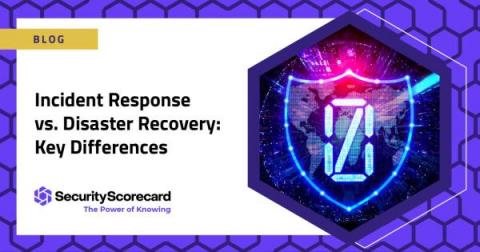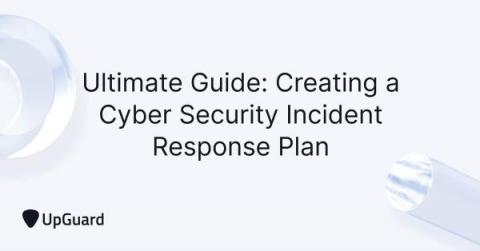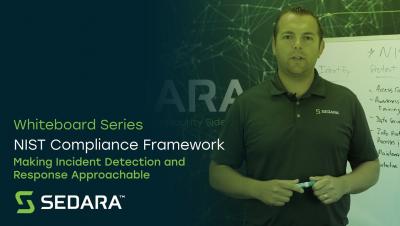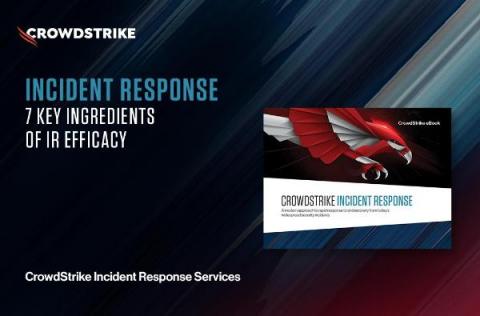Security | Threat Detection | Cyberattacks | DevSecOps | Compliance
June 2022
Q1 2022 Incident Response Insights from Tetra Defense
6 Incident Response Best Practices You Should Follow
When it comes to cybersecurity, organizations need to be well-prepared for what comes next. Not only are cybercriminals leveraging ever more advanced technology, but the cost of a breach — in terms of cost, reputation, and damage — is on the rise. Mitigating risk requires having a robust incident response plan in place and dedicated team members on standby. Let’s take a closer look.
Incident Response vs. Disaster Recovery: Key Differences
As cybercrimes and security breaches become more sophisticated, data protection strategies have become more important to business survival. A critical element in an organization’s ability to effectively handle these incidents is to reduce downtime and minimize damage. This is where an effective incident response and disaster recovery plan comes into play.
CIS Control 17. Incident Response Management
The Center for Internet Security (CIS) offers Critical Security Controls (CSCs) that help organizations improve cybersecurity. CIS CSC 17 covers incident response and management. (In earlier versions of the CIS controls, handling of security incidents was covered in Control 19.) CIS CSC 17 focuses on how to develop a plan for responding to attacks and other security incidents, including the importance of defining clear roles for those responsible for the various tasks involved.
Ultimate Guide: Creating a Cyber Security Incident Response Plan
A cybersecurity Incident Response Plan (CSIRP) is the guiding light that grounds you during the emotional hurricane that follows a cyberattack. A CSIRP helps security teams minimize the impact of active cyber threats and outline mitigation strategies to prevent the same types of incidents from happening again. But as the complexity of cyberattacks increases, so too should the strategies that prevent them.
It's time to invest in your incident response - here's how
Taking proactive measures is critical to any aspect of a strong cybersecurity strategy. And today, the need for a robust incident response plan has never been greater. As more and more companies embrace remote work, we see an influx of personal devices on the corporate network. As a result, the potential attack surface expands while endpoint visibility is significantly reduced.
Automating the Security Protections rapid response to malware
A guide to incident response planning and processes
The 1st 48 hours (after a cyber incident)
From small school districts and not-for-profit organizations with limited cyber defense budgets to major Fortune 500 companies with sophisticated cyber defense teams, understanding what to do in the first 48 hours following a significant cyber event is essential in protecting your organization and limiting the potential damage.
Seven Key Ingredients of Incident Response to Reduce the Time and Cost of Recovery
When a breach occurs, time is of the essence. The decisions you make about whom to collaborate with and how to respond will determine how much impact the incident is going to have on your business operations.













